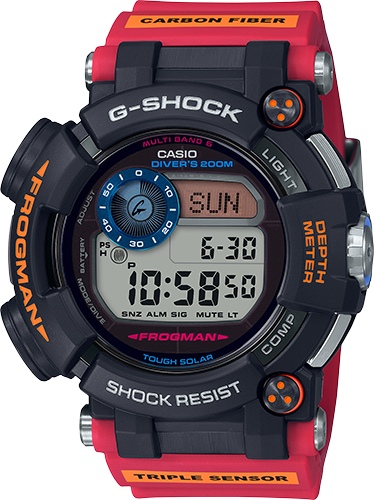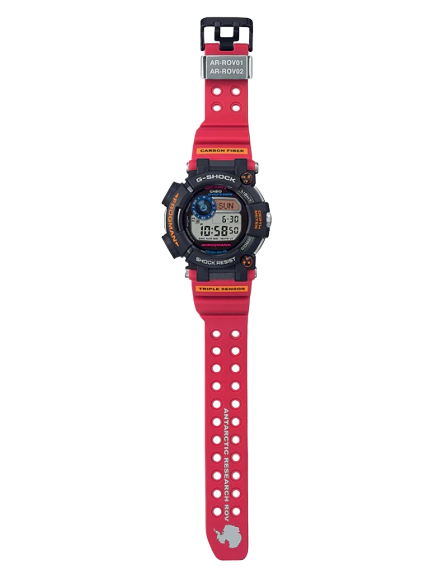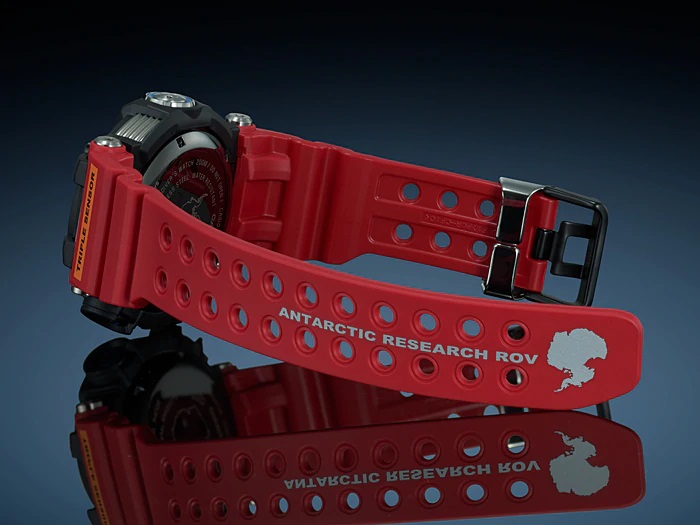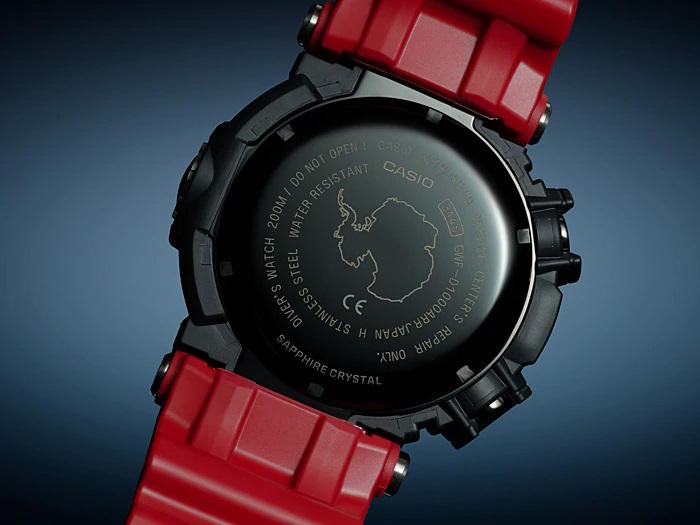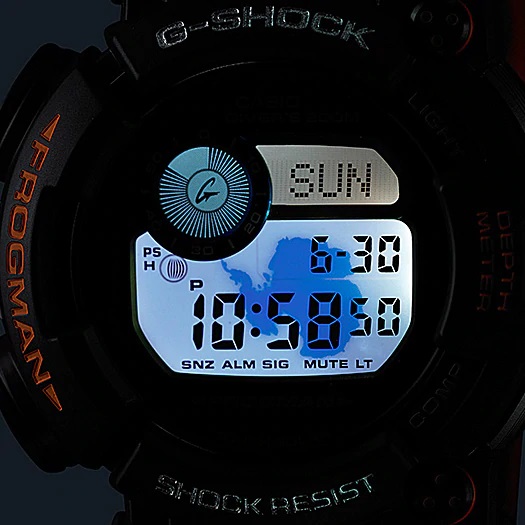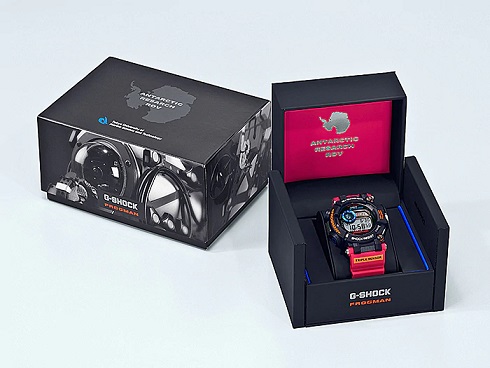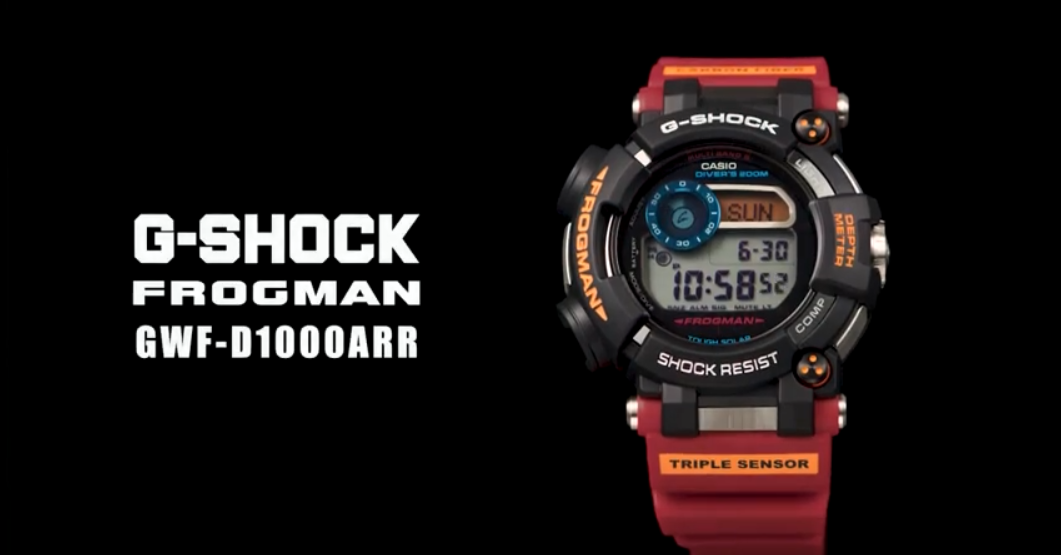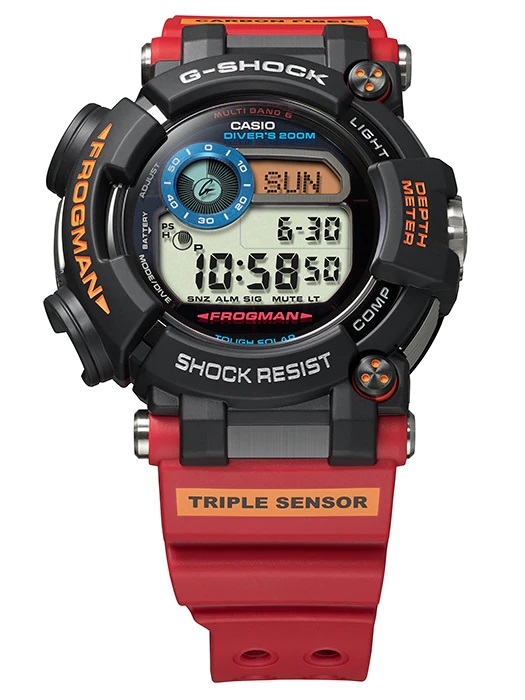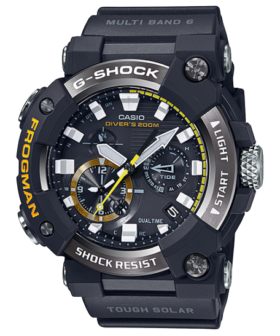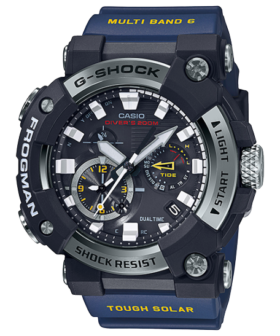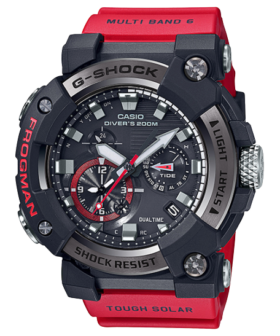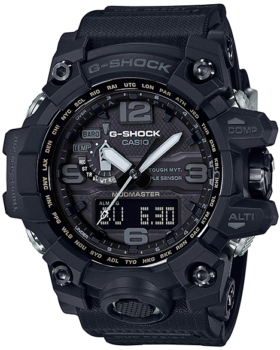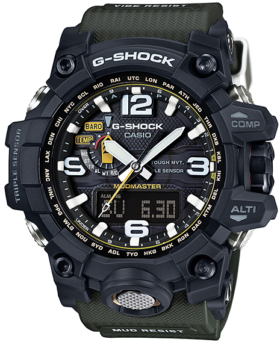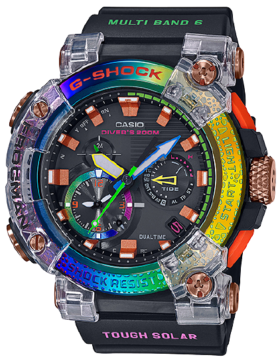FROGMAN Antarctic Research ROV collaboration model.
G-SHOCK is proud to announce a new Antarctic Research ROV collaboration model.
G-SHOCK, the watch that supports professionals engaged in activities under various severe environments around the world, is proud to announce a new Antarctic Research ROV collaboration model.
This new collaboration model was jointly developed by CASIO and Shimpei Goto, Assistant Professor at the Tokyo University of Marine Science and Technology as a navigation device of the underwater remotely operated vehicle (ROV) that was used for joint research on the January 2018 59th Japanese Antarctic Research Expedition.
The base model is the Master of G FROGMAN timepiece that is designed and engineered for professional diving. Every aspect of this model, including coloring and design, has been selected and refined in close cooperation of Tokyo University of Marine Science and Technology, which used the ROV to conduct actual surveys on Antarctic lakes and wetlands. This model adopts the same bold coloring of the ROV: red, black, orange and blue, while the back cover, backlight, band, and special packaging all adopt designs that incorporate an image of Antarctica.
Tokyo University of Marine Science and Technology jointly developed and operates the ROV with the National Institute of Polar Research in order to study the lakes and wetlands of Antarctica. Conducting studies in the Antarctic requires an ROV that is compact and lightweight enough to be transported by human power, and with the means to measure depth and bearing are a must. The compact and lightweight configuration of this FROGMAN Model, along with its ability to provide accurate bearing readings even in unstable underwater conditions, and its high level water resistance make it the perfect match for an expedition such as this.

Antarctic Research Remotely Operated Vehicle (ROV)
One of the marine education and research activities of Tokyo University of Marine Science and Technology is to conduct Antarctic research expeditions in conjunction the National Institute of Polar Research.
The 59th Japanese Antarctic Research Expedition performed a 3-dimensional mapping survey of moss pillars (life forms mainly consisting of algae, moss, and cyanobacteria) that live in the wetlands of the Antarctic.
The small underwater remotely operated vehicle used by this expedition needs to be tough and as light as possible in order to enable uninterrupted operation under extreme polar conditions.
The ROV is being developed by a research team led by Shimpei Goto, Assistant Professor at the Tokyo University of Marine Science and Technology. It is being used to support research of Antarctic wetland ecosystems, which still have much to reveal to us.







